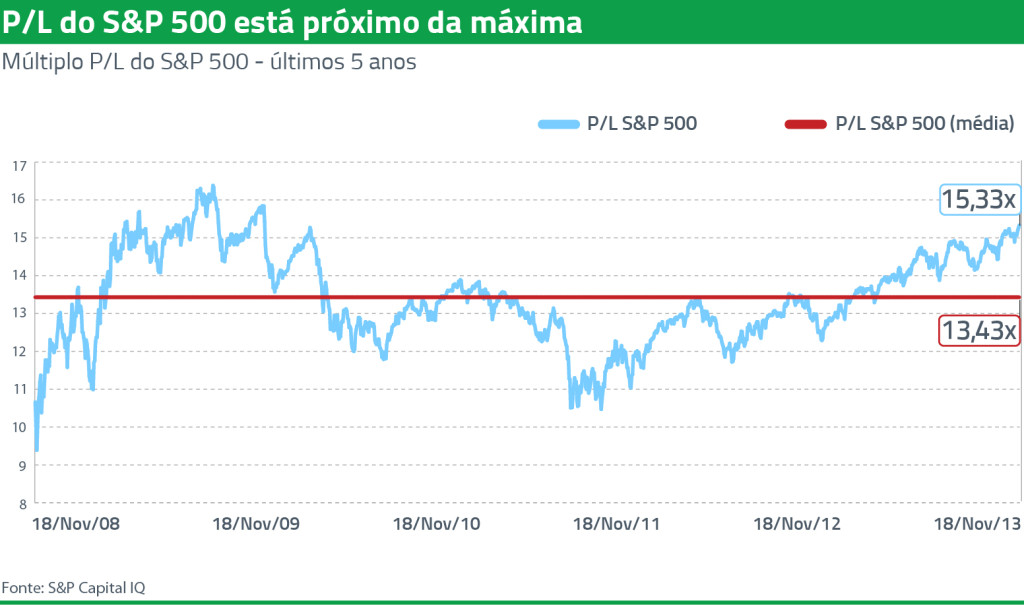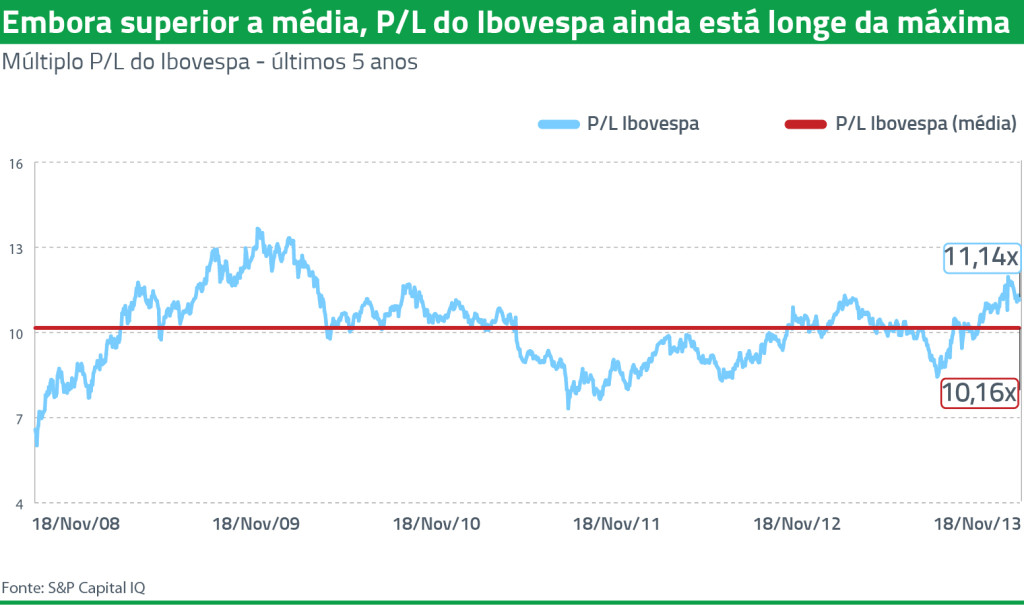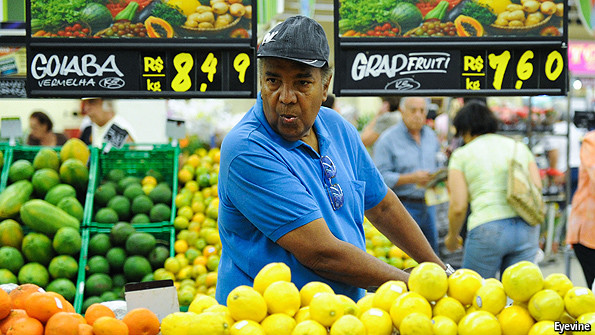Estava conversando com um amigo sobre essa questão de alugar x comprar um imóvel.
Para conseguir uma resposta, achei que deveria tomar um caso real.
Vamos ver esse exemplo abaixo, de um apartamento em Curitiba (abaixo). No mesmo prédio, um apartamento de 3 Quartos:
Valor pra Compra: R$ 448.000
Valor pra Locação: R$ 2.000 mensais
1º Caso: tenho 448.000 pra comprar esse apartamento à vista.
Para alugar, o imóvel custa apenas 0,45% ao mês. Isso quer dizer que, se eu tiver 448 mil e aplicar na poupança (pior aplicação de renda fixa), vou ter todo mês os R$ 2.000 e ainda vai sobrar R$ 240 pra pagar o condomínio, IPTU e até pra tomar uma cerveja nas quartas-feiras.
Mas eu queria mais, então apliquei o mesmo valor fosse na Selic (tesouro direto ou CDI), a renda mensal seria de R$ 3.084,50 já descontados 15% do imposto de renda. Sobram R$ 1.084 por mês!!
Mas se você reinvestir esses R$ 1.084, ao invés de gastá-lo? Bom aí, no final de 14 anos , seus 448 mil teriam se transformado em R$ 799.000. Ao final de 30 anos, seriam 2 Milhões de Reais. Nada mal...
E se, ao invés disso, você comprar o apartamento, no final de 14 anos ele não vai se valorizar, devido à depreciação normal de prédios e apartamentos antigos.
OK, isso é mais simples. Mas a maioria das pessoas não tem os R$ 448.000 para aplicar na poupança, Selic ou CDI. E então como fazer?
2º Caso: não tenho todo dinheiro e precisarei financiar o imóvel.
O financiamento deve custar em torno de 8,5% ao ano em juros, num prazo de 30 anos e exigir uma entrada de 20%.
Você precisará dar uma entrada de R$ 85 mil e assumirá um financiamento de R$ 2.560 mensais.
Se fizer isso, ficará os próximos 30 anos pagando essa prestação de R$ 2.560 por mês e no final de tudo terá um apartamento quitado, porém num prédio antigo e depreciado.
Se, ao invés disso, tivesse aplicado os mesmos R$ 85 mil da entrada pelos mesmos 30 anos, no final deste prazo teria R$ 956 mil.
Mas se, além de aplicar os 85mil, ainda aplicasse a diferença de R$ 560 entre a prestação mensal (R$ 2.560) e a locação mensal (R$ 2.000), o que aconteceria?
Bom, após 12,5 anos, você teria uma poupança de R$ 448.000 e assim poderia comprar o imóvel à vista...
Ou então, poderia continuar investindo os mesmo R$ 560 por mês e, ao final dos 30 anos, teria R$ 1.678.104 (um milhão e seiscentos mil reais).
Em resumo, quem compra imóveis residenciais para locação, está fazendo um dos piores negócios possíveis hoje no país.
Lógico, como qualquer outro negócio, isso é cíclico. Está assim agora, não quer dizer que ficará assim pra sempre.












